Scotland’s moorlands are a magnificent sight at the moment.
Through Royal Deeside, Donside and Speyside, the heather is in full bloom, providing stunning vistas of hillsides awash with purples and puces, all set to the beautiful backdrop of bright blue August skies.
I could wax lyrical about the beauty of these picturesque moorland scenes, ad infinitum, but they offer so much more than immediately meets the eye. They drive significant economic and environmental benefit in some of our most remote and rural communities.
Tomorrow is the Glorious Twelfth, the first day of the grouse shooting season. It looks set to be a much more positive one than in recent years.
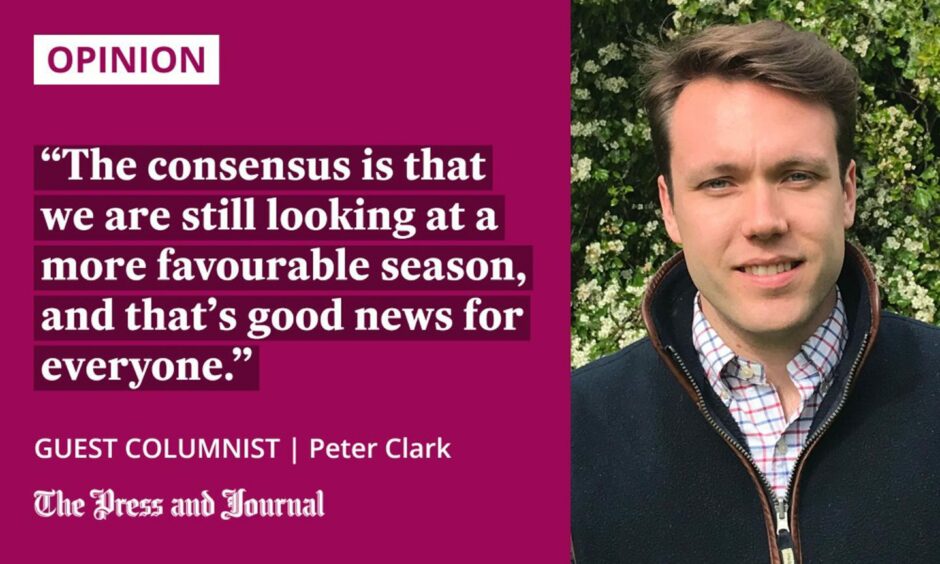
On the moors, brood numbers are looking healthy, yet there is a tone of cautious optimism, with many understating the premature claims of a “bumper” season. The blend of pleasant springtime weather and good healthy heather has boosted chick survival and development.
The situation is not clear cut, though. Undeniably, it is a mixed picture across Scotland.
Some estates report they have a substantial set of dates lined up, others are downplaying their fortunes, yet no one is expecting a record-breaking year. The consensus is that we are still looking at a more favourable season, and that’s good news for everyone.
Up to 80% of grouse shoot spending happens in local area
Grouse shooting is the lifeblood of rural upland communities. In 2020, the Scottish Government, SRUC and James Hutton Institute published a report demonstrating the importance of grouse shooting. It found that driven grouse shooting delivered a total expenditure (capital, running and staff costs combined) of £38 per hectare, which was comparable to, or higher than, other moorland land uses.
The local economy benefits considerably, and this results in much-needed community retention
The same is true of rural jobs, where it was revealed a higher per hectare employment impact from grouse moors than sheep farming and forestry. All of this is achieved without mainstream agri-environmental scheme subsidies or substantial input from government financial support.
Furthermore, grouse shooting does not only support those directly employed by estates. Notably, 60 to 80% of direct spending on grouse shooting occurs within the local or regional area.
Rural tradesmen benefit from maintaining sporting accommodation, village pubs and B&Bs host shooting guests, and local gun and tackle retailers’ tills ring with the selling of specialised equipment and clothing.
📣 BASC Scotland met with Lianne MacLennan of @ScotRMG to discuss the importance of the upcoming grouse season.
Grouse shooting provides significant economic & environmental benefits in some of Scotland's most remote and rural communities.@AGMG_UK @gmg_uk @TCS_MG @sumgroupuk pic.twitter.com/ShYEInI7TZ
— BASC Scotland (@BASCScotland) August 10, 2022
The local economy benefits considerably, and this results in much-needed community retention, a vital weapon in our armoury in the fight against the omnipresent challenge of rural depopulation.
Without a doubt, Aberdeenshire has some of the best grouse shooting in Scotland. As the season kicks off, we must remember the gift of grouse is so much more than the Glorious Twelfth itself.
Peter Clark is public affairs manager for the British Association for Shooting and Conservation (BASC) in Scotland
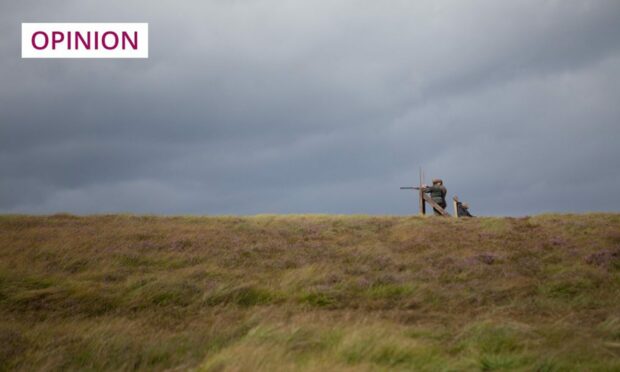
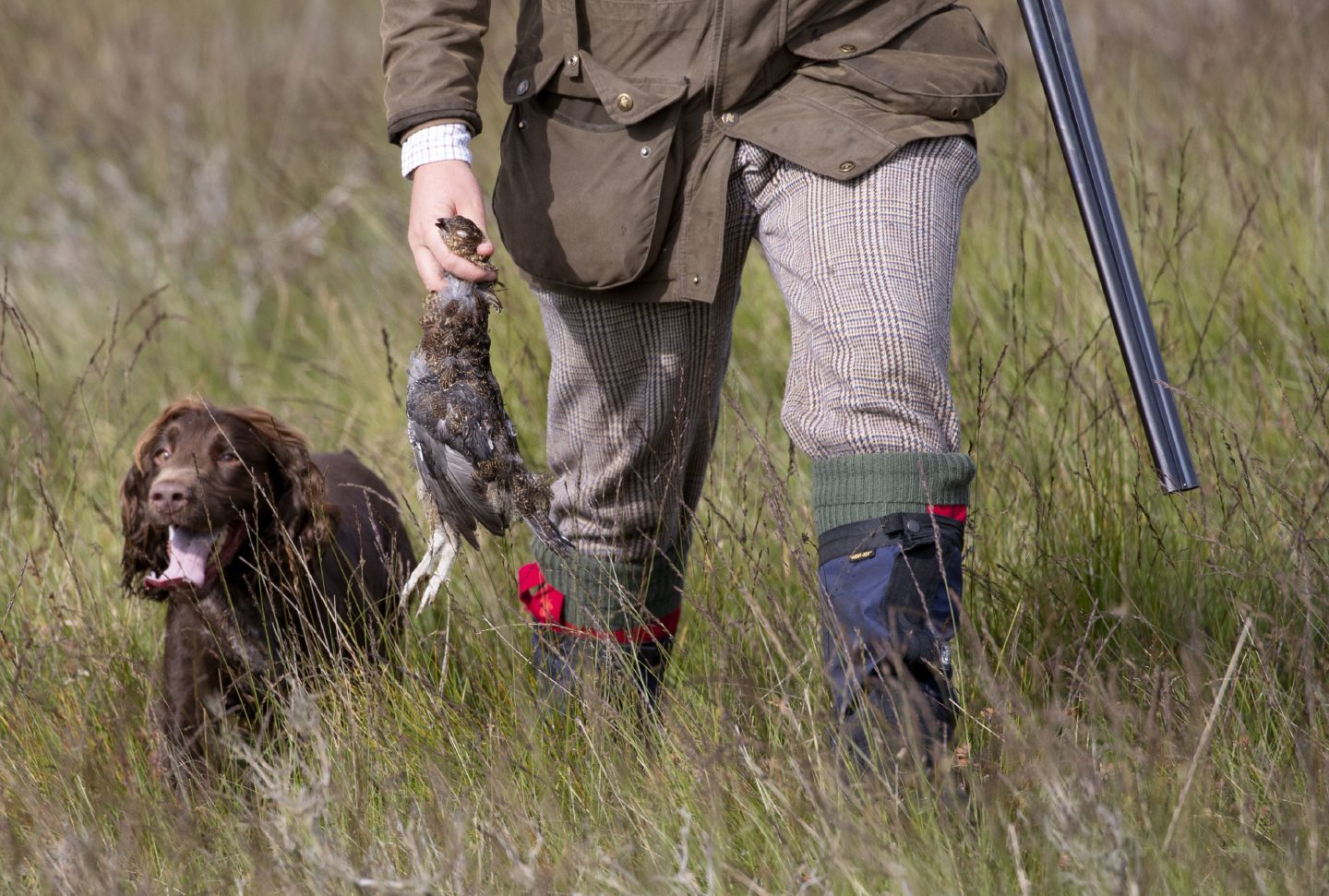
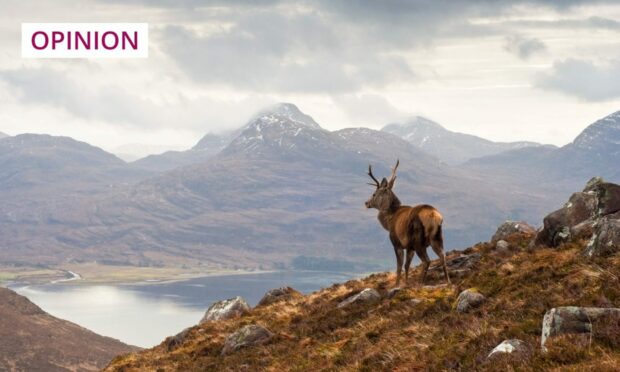
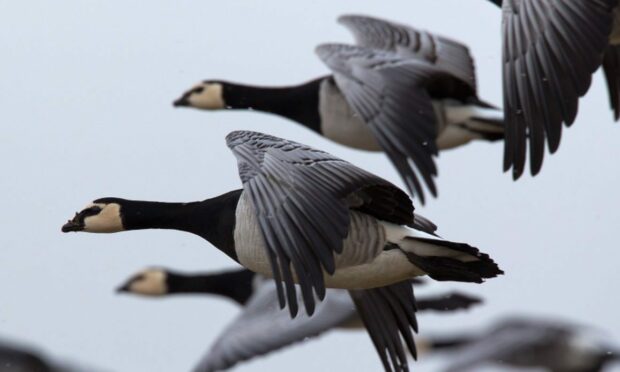
Conversation